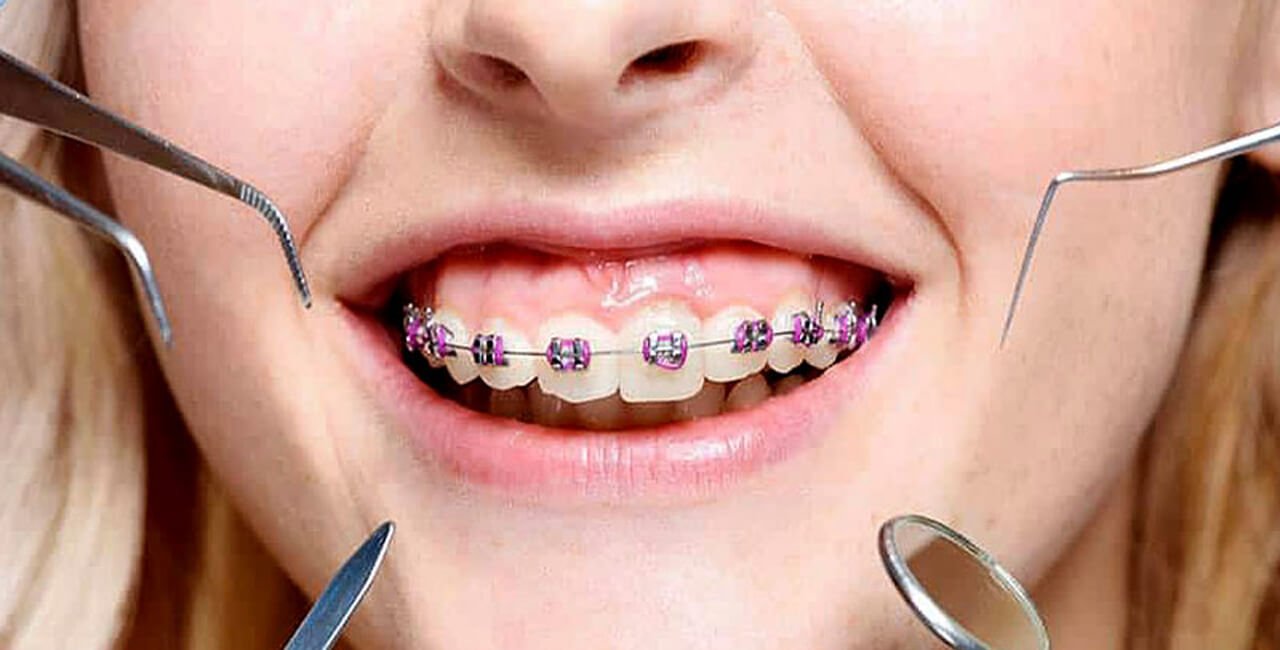Orthodontics is a specialized field of dentistry that focuses on diagnosing, preventing, and treating dental and facial irregularities. These irregularities typically involve problems with the alignment of teeth and jaws, such as misaligned teeth, crowded teeth, overbites, underbites, and other issues related to the positioning of the teeth and jawbones.
Orthodontists are dentists with additional education and training in orthodontics. They use a variety of techniques and devices to correct these dental and facial irregularities, with the primary goal of improving a patient’s oral health and creating a more aesthetically pleasing smile. Common treatments and tools in orthodontics include:
1. Braces: Traditional braces are composed of brackets and wires, which are used to gradually move teeth into their desired positions.
2. Clear aligners: These are transparent, removable trays (e.g., Invisalign) that offer a more discreet alternative to traditional braces. They are particularly popular among adults.
3. Retainers: After the active orthodontic treatment is completed, retainers are used to maintain the corrected position of the teeth.
4. Headgear: In some cases, headgear is used to correct issues with jaw alignment and growth.
5. Palatal expanders: These devices help widen the upper jaw when it is too narrow.
6. Orthognathic surgery: In severe cases where jaw misalignment cannot be corrected with braces or other orthodontic treatments alone, surgical procedures may be required.
Orthodontic treatment can provide both functional and cosmetic benefits. Correcting dental and jaw misalignments can improve a person’s ability to chew and speak, reduce the risk of dental problems like cavities and gum disease, and enhance facial aesthetics. It’s important to consult with an orthodontist if you have concerns about your dental or facial alignment, as they can assess your individual needs and recommend the most appropriate treatment plan.

